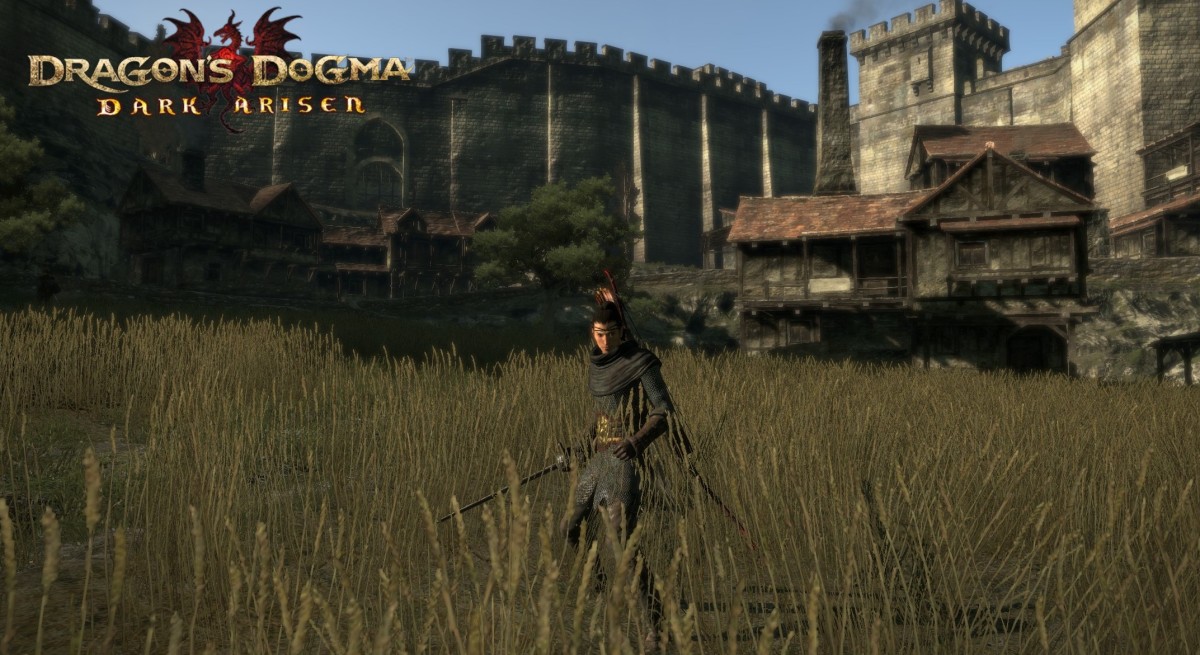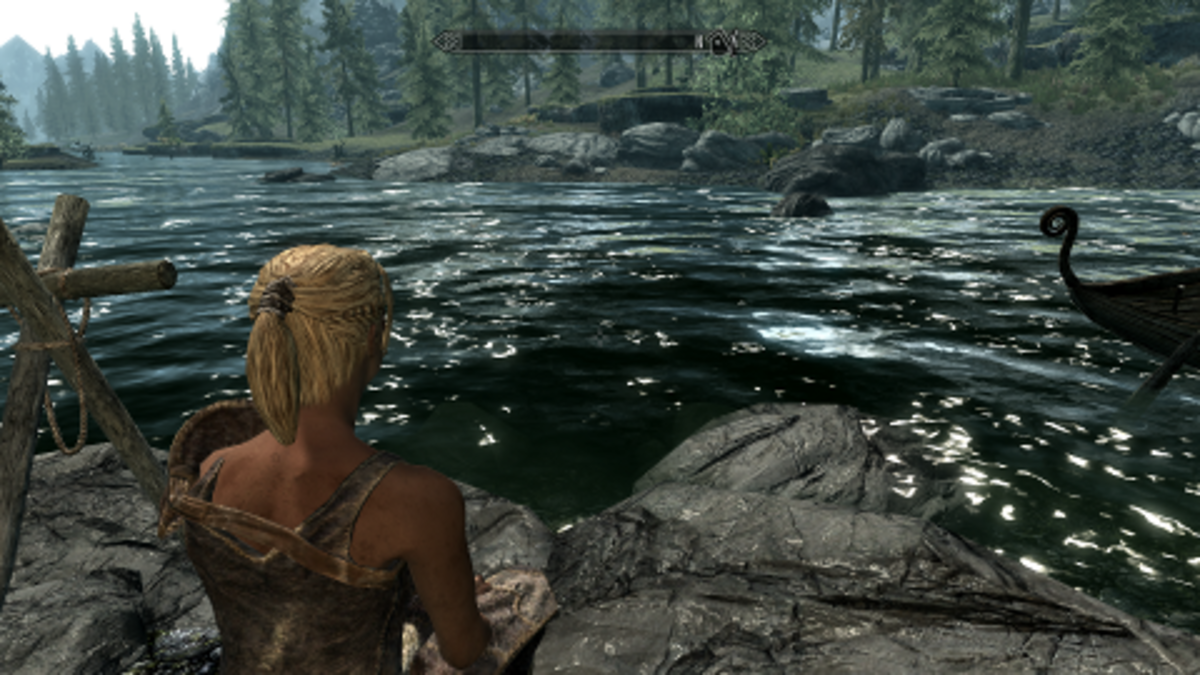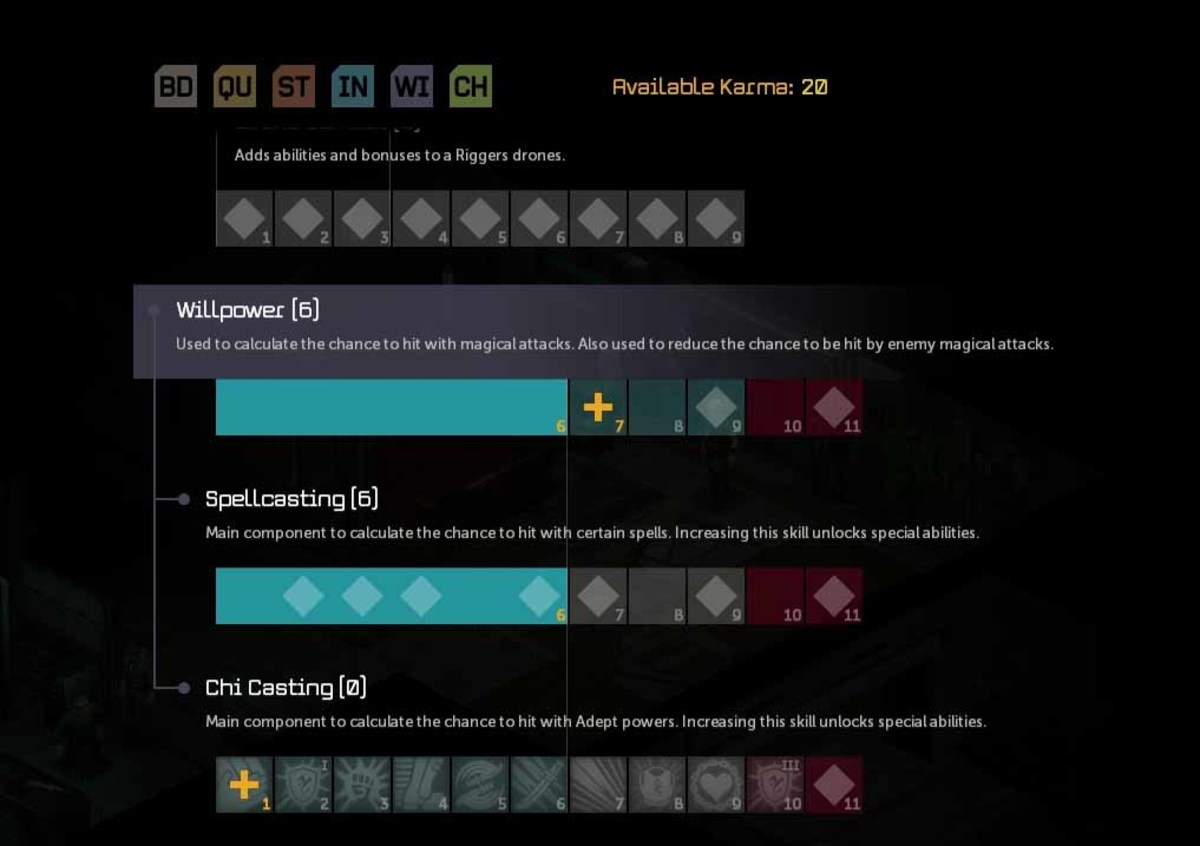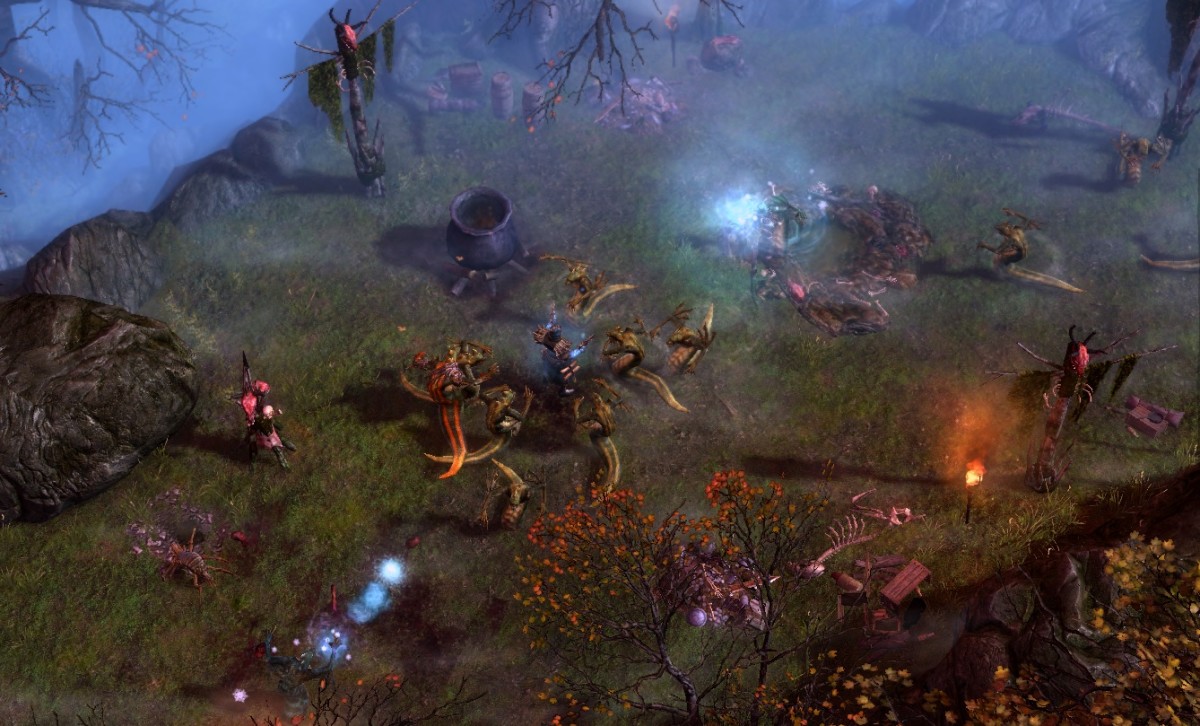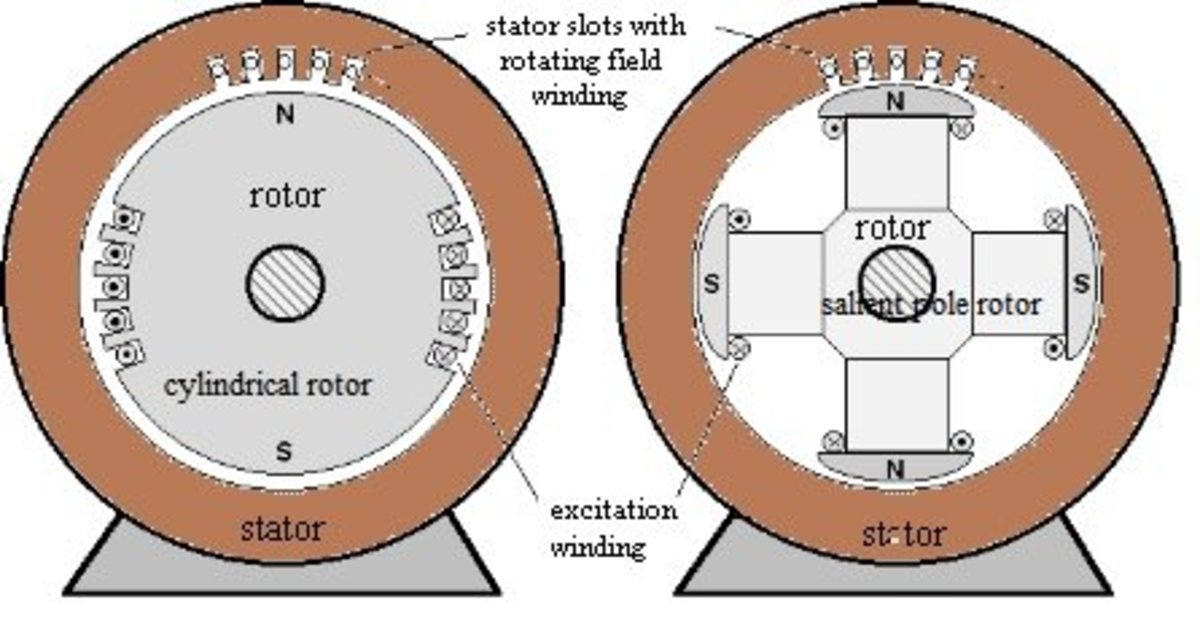When Buying A Rotary Laser Level What Is Important
The Rotary Laser Level
The rotary laser level is an essential piece of equipment on construction sites. But how do you choose one that is best suited to your requirements?
There are a number of suppliers who can provide you with a laser level but what are the important features to look out for? The technology is quickly evolving and new features are being introduced on a regular basis. This is mainly expanding the capability of dual grade rotary laser levels. We are primarily considering basic leveling devices for external work here as these are probably the most frequently used on site. However the tips here are equally applicable to selection of dual grade devices and those for internal operation.
The Leica Rugby Rotary Laser Level
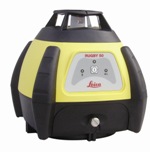
Top Tips For selecting Your Rotary Laser Level
Tip 1:- Auto leveling function
This is a must; those of you who can remember manual setting your builders dumpy level on cold days or in bright sunlight will need no persuasion here. But the important thing is that with self leveling capability, you can just put the equipment on its tripod, roughly set it horizontal and press the button. The rotary laser level should then do the rest for you and start to work when level. Be sure to select a rotary level with an enough self leveling range of say +/- 5 degrees. The level should continue to trim itself to correct any small fluctuations due to vibration or disturbance so that work can be continuous.
Tip 2:- Out of level indication
There needs to be an audible out of level alert so that you are warned if the equipment has been disturbed. This is important as you will be working away from the equipment and do not want to have to keep on walking back and forth to check if all is OK.
Tip 3:- Working range and accuracy.
Consideration should be given to the required working range. Most basic rotary lasers operate over a 150m radius. However the accuracy will vary from model to model. Something like the basic Leica Rugby 50 rotary laser level will have an accuracy of about +/- 2.6mm at 30m radius whereas the Leica 270 series will have an accuracy of about +/- 1.5mm at 30m radius. So it is essential to match the equipment to your requirements. If you are not sure then talk to your supplier.
Additional related considerations.
You will need to have a reliable receiver. A receiver (rod eye) is the sensor that detects the laser signal. It is attached to a rod or pole at a set height determined by the relative height of the rotary laser and the feature being checked for level. The rod is placed on the feature being checked and the rod eye receiver will let out differing noises to denote high,low and level. It is desirable to have a receiver that is matched to the laser level. Some are sold with the laser level as part of a package.
It is also very important that the laser level, rod eye receiver and accessories are provided with a suitable storage/carrying case. These are sensitive pieces of equipment. OK they are engineered to work in the hostile construction environment, but they are still precision instruments and should be protected when not in use. Being able to store everything in a sectioned padded case means that transportation is easy and it is less likely that items will be misplaced.
There are many different types of rotary laser level available on the market so it is worth considering the options.
For full details of a rotary laser level to suit your requirements visit SCCS the UK 's technical authority on surveying equipment and surveying solutions.
Talk to the SCCS Your Measuring Partner Today for all your Survey Equipment needs.


